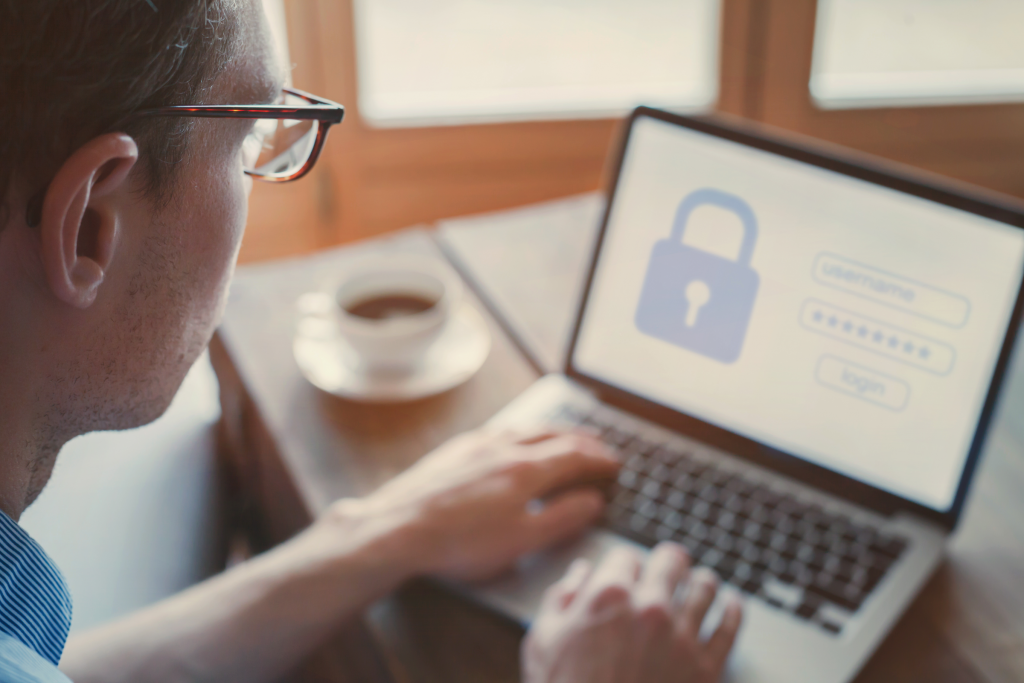The way we work is changing. The days of the traditional nine-to-five job, where you sit at your desk for the majority of the day, are long gone. Instead, we are seeing much more focus on employee collaboration, flexibility in the way we work, and improving employee well-being. As we see more businesses embracing flexible working practices – whether that involves flexible hours, or remote working- there are less staff in the office space than in the past.
So, how have these changes affected the way we design our office space?
Permanent desks are disappearing
If you are looking to move offices or have recently moved, you know that office space can be expensive. It is typically the second biggest cost for your business, and what is frustrating is that research suggests that up to 40% of office space is vacant at any one time.
To avoid this, many organisations are implementing hot-desking or activity-based working (ABW). This basically means employees either share a desk with others or are not assigned a permanent desk and must find one when needed.
The main difference between hot-desking and ABW is that ABW provides a range of work settings to cater for different types of activities, such as collaboration, private work, meetings etc. Employees can switch areas during the day, depending on their activity. There are massive cost reduction benefits to both shared desk environments, but the jury is still out on whether it actually improves the way staff work. Recent research found staff in shared desk environments complained of desk shortages, difficulty finding colleagues, and wasted time. Staff also had a decreased perception of support from supervisors.
Communicate well and often
With more staff working outside the office, it is important that you provide them with the right collaboration tools. Don’t limit yourself to a single channel to connect to your colleagues – email, chat, phone, web, and video conferencing each have their own place. By offering a variety of tools and channels, you can cater to the type of message your staff need to convey and ensure it is heard and understood. Some technology providers, such as StarLeaf, offer apps that allow teams to instant message, call, or video conference from any device, at any time. This works for staff based in the office or offsite.
Get the technology set-up right
The key is to use technology to help staff avoid potential issues around collaboration, communication and project management. By planning out your office design – like including screens for presentations, video conferencing capabilities, wireless charging ports and smartboards – you will promote effective communication and collaboration across your staff, your clients, your suppliers and your partners.
Promote staff well-being
Some organisations spend millions on staff well-being programs by providing on-site gyms, discounted health fund memberships, and in-house services, like massages and yoga classes. However, looking after staff well-being doesn’t have to be overly expensive, you can incorporate healthy practices into your office design without breaking the bank. Simple things like greening up your office space with plants, offering standing desks, providing fresh fruit, or having a central staircase that encourages taking the stairs over the lift, are all ways to promote a healthy work environment.
Cater for the future generation
Millennials have taken over as the largest population in the workforce. What does this mean for the workplace? Millennial employees are drawn to collaborative spaces for brainstorming sessions and less formal meetings. They want to communicate across different channels, like instant messenger, group chat and video calls. So as baby boomers start retiring, and the millennial generation start taking on leadership roles, we’ll see the importance of collaboration, learning and a strong culture take centre stage in our work places.
By making small changes to your office design around technology, collaborative spaces, and well-being practices now, you will be well on track to creating a workspace that caters for staff today, and the millennial leaders of the future.
